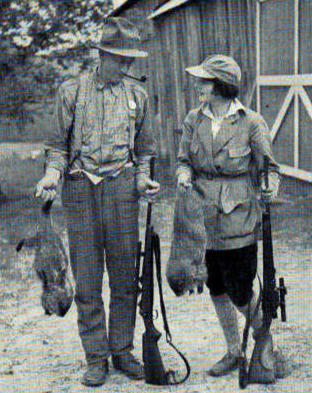One of Us

| It doesn't, it relates to bullet length. |
| | |
One of Us
| It only relates to length. For instance a 6mm 105g round nose will stabilise in a 1-10" but a 105g VLD type bullet will probaly need a 1-8" to stabilise because of the longer length. |
| | | Posts: 460 | Location: Auburn CA. | Registered: 25 March 2007 |   IP
IP
|
|
One of Us

| |
| | | Posts: 1700 | Location: Lurking somewhere around SpringTucky Oregon | Registered: 18 January 2005 |   IP
IP
|
|
One of Us
| Since you said "layman's terms," think of throwing rocks. You take a ball of paper and throw it for all you are worth and you get great velocity but it slows and drops. And the lack of compact uniformity it can go about any direction. Think "wiffle ball."
Then there are the odd shaped rocks. Don't fly straight.
Now if you go with a baseball... get the exact right grip on the seams and make it spin as you release and you can throw a curve... Mine never was much...
Or arrows. No feathers and they wobble all over. Damaged feathers...
Bullets, you must remember that width/diameter is set. Therefore weight depends on length since material is pretty same. Copper and lead.
Factories Twist the barrel to the heaviest bullet, as a rule. '06 was originally '03 and with a 220 grain round nose and a 1 in 10. The '06 redesign was a shorter, pointyer bullet but they kept the 1 in 10 twist. .308 has been 1 in 12 from day one. So you cannot shoot the 220 grain bullets in .308, but then you can probably throw them faster...
If you are going to order a custom rifle for match, you might want a special twist. Otherwise, we are pretty much stuck. Luck. |
| | |


 The Accurate Reloading Forums
The Accurate Reloading Forums  THE ACCURATE RELOADING.COM FORUMS
THE ACCURATE RELOADING.COM FORUMS  Hunting
Hunting  Varmint Hunting
Varmint Hunting  Barrel twist rate
Barrel twist rate








